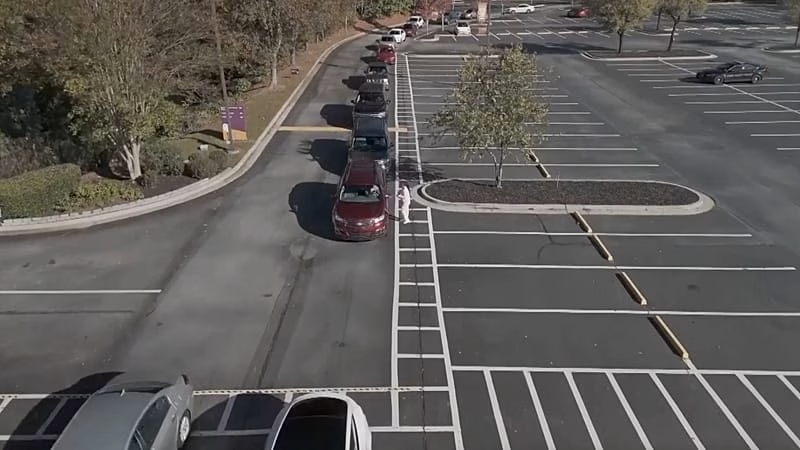Food Stamp Cuts: Hundreds Line Up as Funding Freeze Looms
Hundreds of Georgia families gathered at a local food drive as concerns about the potential loss of federal food assistance grew ahead of Thanksgiving. The situation has raised alarms among many households that rely on government support to put food on the table, especially during the holiday season.
The U.S. Department of Agriculture (USDA) had initially planned to stop Supplemental Nutrition Assistance Program (SNAP) payments on November 1. This decision was based on funding shortages resulting from the government shutdown. SNAP is a vital program for millions of Americans, providing essential nutrition support to those in need.
However, two federal judges intervened and issued orders requiring the Trump administration to continue SNAP payments using emergency reserves. Their ruling came as a relief to many who feared the abrupt end of benefits would leave them without food assistance. The court’s decision highlighted the importance of maintaining access to food for vulnerable populations during times of financial uncertainty.
SNAP serves approximately 1 in 8 Americans, with the program costing nearly $8 billion each month. It plays a critical role in reducing hunger and supporting low-income individuals and families across the country. The program’s impact extends beyond just feeding people; it also stimulates the economy by increasing consumer spending.
The ongoing uncertainty surrounding SNAP funding has led to increased anxiety among recipients. Many families are now scrambling to prepare for the holidays without the assurance of continued support. Local food drives have seen a surge in participation as communities come together to help those in need.
This situation underscores the broader challenges faced by the U.S. food assistance system. While programs like SNAP are designed to provide stability, they remain vulnerable to political and budgetary decisions. The recent court intervention has offered temporary relief, but long-term solutions are needed to ensure that all Americans have consistent access to nutritious food.
Some key points to consider:
- Impact on Families: For many, SNAP is not just a lifeline but a necessity. Without it, families may be forced to make difficult choices between paying for food or other essential expenses.
- Economic Benefits: SNAP not only helps reduce hunger but also supports local economies. When recipients use their benefits, they contribute to the demand for groceries and other goods, which can create jobs and stimulate economic activity.
- Policy Challenges: The current situation highlights the fragility of federal food assistance programs. Political gridlock and budget constraints can lead to disruptions that affect millions of people.
As the holiday season approaches, the focus remains on ensuring that no one goes hungry. Community efforts, such as food drives, play a crucial role in bridging the gap when government support is uncertain. However, these efforts are not a substitute for a reliable and stable food assistance system.
In the coming weeks, there will likely be further developments regarding SNAP funding. Advocates and lawmakers will continue to push for policies that protect the most vulnerable members of society. Until then, families across Georgia and the nation remain hopeful that their needs will be met, especially during this time of year.
- Susunan Upacara HGN 2025 Lengkap dengan Logo dan Unduh Link - December 11, 2025
- Minggu Kedua Pasca Banjir Aceh, Tim Gabungan Waspadai Penyakit di Pengungsian - December 11, 2025
- Gloomy weekend skies in Central Ohio, light wintry mix before next week - December 11, 2025




Leave a Reply